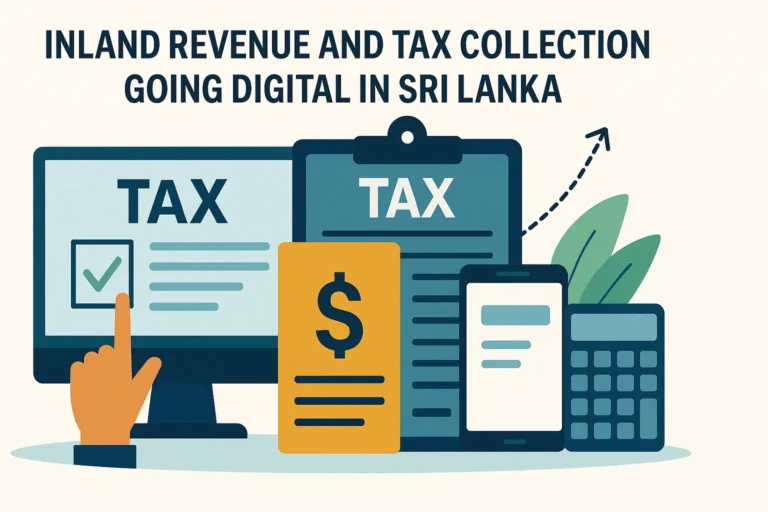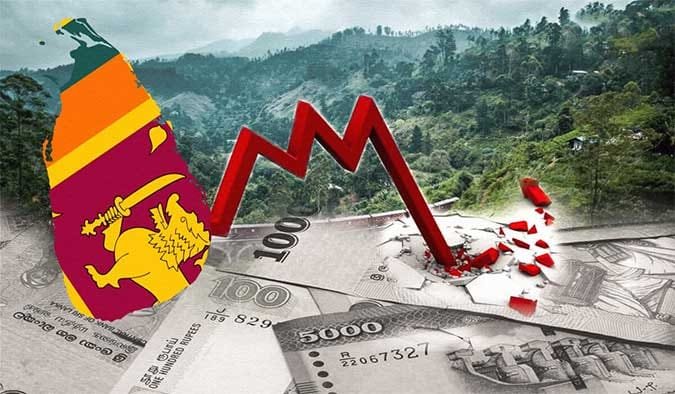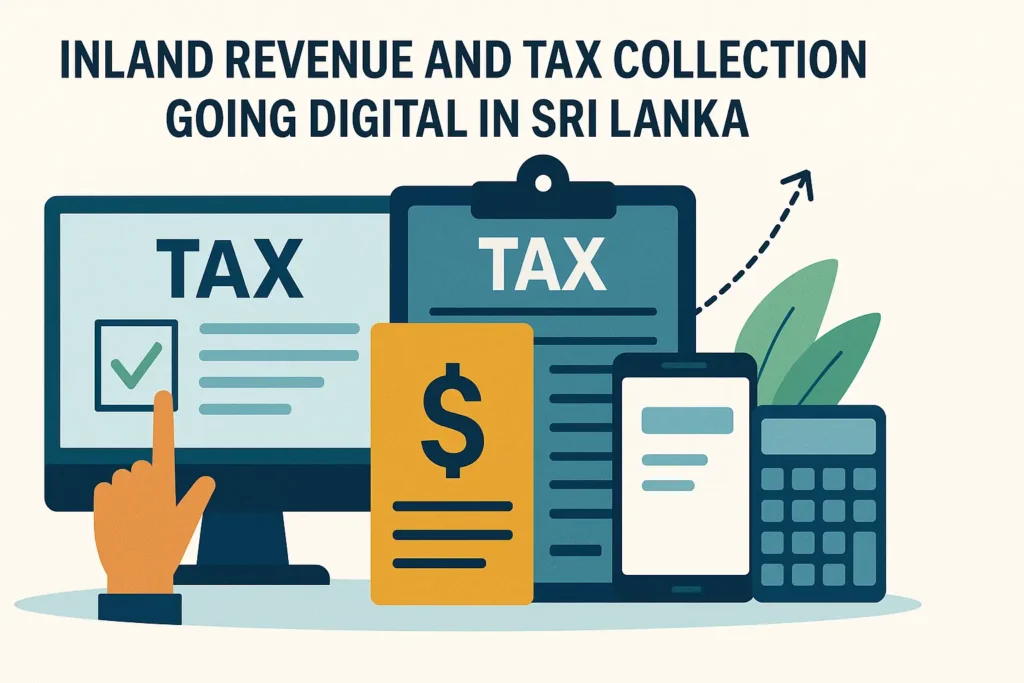Sri Lanka’s economic landscape has been a tapestry of challenges and triumphs, particularly in the realm of international trade. Recent data highlights a significant uptick in exports(export growth in sri lanka), underscoring a positive trajectory for the nation’s economic recovery. In June 2024, Sri Lanka’s exports surged to USD 1080 million, up from USD 1011.30 million in May. This growth is a testament to the resilience and potential of the country’s export sector, playing a crucial role in its economic recovery.
The Significance of Export Growth
Exports are a vital component of any economy, driving growth, generating employment, and fostering innovation. For Sri Lanka, a country with a rich history of trade and a diverse array of exportable goods, the increase in export figures is particularly encouraging. This rise not only reflects the hard work of Sri Lankan exporters but also signals a broader recovery for the nation’s economy post-pandemic and amidst various global economic challenges.
Historical Context
To truly appreciate the current growth, it’s essential to understand the historical context of Sri Lanka’s export performance. From 2002 to 2024, exports in Sri Lanka averaged USD 786.67 million. This period saw a wide range of fluctuations, with the lowest recorded export value being USD 251.30 million in April 2002, a time marked by internal conflict and economic instability. On the other hand, the all-time high of USD 1511.80 million in January 2024 represents the peak of a concerted effort to bolster the export sector.
Factors Contributing to Recent Growth
Several factors have contributed to the recent increase in exports:
- Diversification of Export Products: Sri Lanka has diversified its export portfolio beyond traditional products like tea, rubber, and apparel to include electronics, machinery, and even software services. This diversification reduces dependency on a few commodities and opens up new markets.
- Improved Trade Relations: Strengthening trade relationships with key partners such as India, China, the European Union, and the United States has provided Sri Lankan exporters with more opportunities and better market access.
- Government Initiatives and Policies: The government has implemented several initiatives aimed at promoting exports. These include incentives for exporters, investments in infrastructure, and policies designed to streamline export processes.
- Global Economic Recovery: As the global economy recovers from the impacts of the COVID-19 pandemic, demand for goods and services has increased. Sri Lanka has benefitted from this resurgence, particularly in sectors where it holds competitive advantages.
Economic Recovery and Future Prospects
The increase in exports is a significant indicator of Sri Lanka’s ongoing economic recovery. A robust export sector can help stabilize the economy, reduce trade deficits, and improve foreign exchange reserves. Moreover, sustained growth in exports can lead to more investment in the sector, further enhancing production capabilities and efficiency.
Key Sectors Driving Export Growth
- Tea Industry: Despite facing stiff competition, Sri Lankan tea remains a global favorite, particularly in markets like Russia, the Middle East, and Europe. Innovations in product offerings and marketing strategies have helped maintain its relevance.

- Apparel and Textiles: The apparel industry has been a cornerstone of Sri Lanka’s export sector. By adopting sustainable practices and catering to high-end markets, Sri Lankan apparel has continued to thrive.

- Technology and Services: Emerging sectors like IT services and software development have shown promise. With a growing pool of skilled professionals, Sri Lanka is positioning itself as a hub for tech exports.
- Agricultural Products: Beyond tea, products such as spices, coconuts, and rubber have found substantial markets abroad. Efforts to improve quality and certification have bolstered these sectors.
Challenges Ahead
While the growth in exports is commendable, several challenges need to be addressed to ensure sustainable growth:
- Global Market Volatility: Fluctuations in global markets can impact demand for Sri Lankan exports. It’s crucial for exporters to remain agile and adaptable to changing market conditions.
- Logistical and Infrastructure Constraints: Improving logistics and infrastructure remains a priority to enhance the efficiency and cost-effectiveness of exports.
- Competitiveness: Sri Lanka faces stiff competition from other emerging markets. Continued innovation, quality improvement, and market diversification are essential.
- Economic Policies and Stability: Consistent and supportive economic policies are vital for maintaining exporter confidence and fostering long-term growth.
Conclusion of export growth in sri lanka
Sri Lanka’s recent export growth is a beacon of hope and a critical pillar of its economic recovery. The rise from USD 1011.30 million in May to USD 1080 million in June 2024 highlights the potential and resilience of the nation’s export sector. By continuing to diversify export products, improving trade relations, and fostering a supportive policy environment, Sri Lanka can build on this momentum, ensuring a brighter economic future.
As the country navigates the path to recovery, the focus on exports will remain pivotal. By addressing existing challenges and leveraging opportunities, Sri Lanka can enhance its position in the global market, driving sustainable economic growth and prosperity. The journey ahead is challenging but filled with potential, making it an exciting time for the nation’s exporters and the economy at large.












